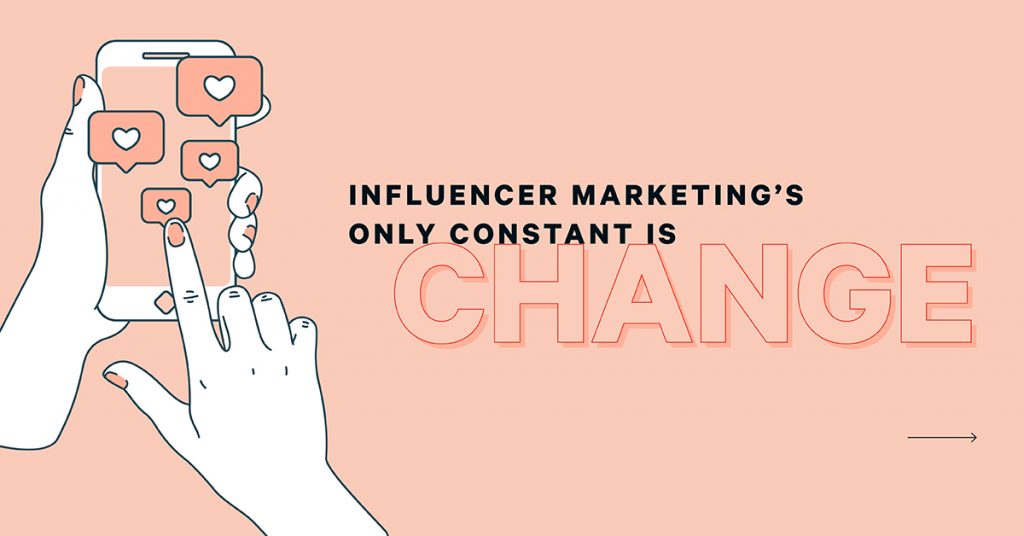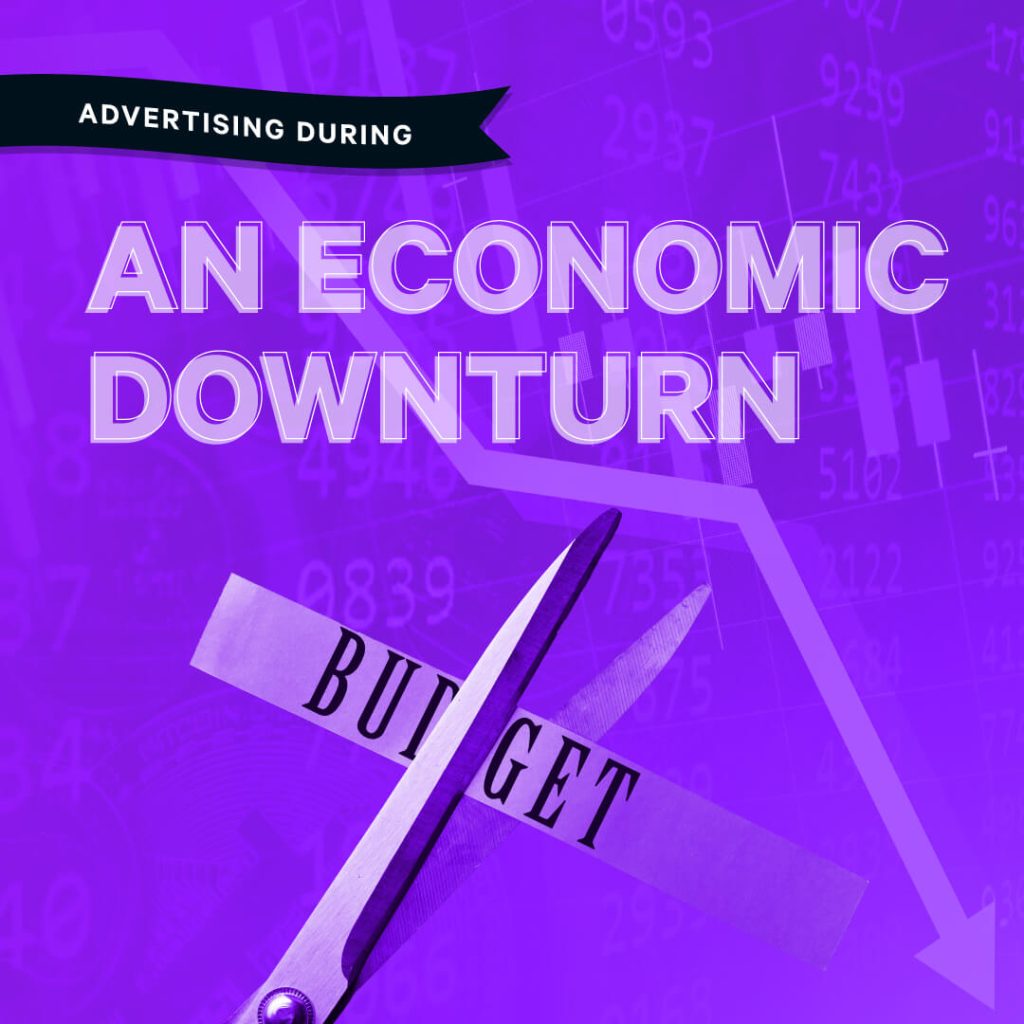Influencer Marketing’s Only Constant is Change

Social media has evolved so much over the past decade. Sometimes it’s hard to imagine that Instagram is the same app it was when it was developed in 2010 – when celebrities had private profiles and the photo of your Sunday morning latte taken from a fuzzy iPhone 3 suddenly turned you into a photographer.
As social media gained more popularity around the mid-2010s with the rise of smartphones, platforms such as Instagram have since reached more than 1 billion unique active users last year. YouTube ranks even higher with nearly 2 billion users. The need for constant social interaction, connectedness and human relationships has turned social media into a full-time job.
While the term “influencer” can be traced all the way back to ancient Roman times when gladiators would endorse the best fighting tools to their allies, the modern-day social media influencer is one that is instrumental in the digital age, and it all comes down to human behavior. Following the trends of human behavior and analyzing data is essential for businesses to fully grasp the habits of their consumers.
When the pandemic hit in early 2020, influencer marketing changed dramatically and nearly over night. Travel influencers came to an abrupt halt and companies had to completely replan marketing strategies. But as humans, we evolve and we evolve quickly, and travel influencers are living proof of that. They swiftly pivoted to becoming “homebody” influencers, begging followers to stay home and making whipped coffee a household staple. Influencers raised their voices again during social movements, such as last summer’s Black Lives Matter protests and the recent U.S. election. It’s no wonder a doctor who shared her experience with the COVID-19 vaccine on Tik Tok received millions of views and now has upward of 900,000 followers.
Influencers have become so widely accepted and critical to the way businesses sell and communicate for one main reason: shared human experience triggers an emotional response. There’s something comforting when you see someone with a half-million followers say, “Oh, you’re struggling with X and so am I – here’s a product that works!” We receive content in a more perceivable and emotional way when we hear someone else open up vulnerably about something that makes them more “human.” A report by influencer marketing agency Whalar and neuro-marketing agency Neuro-Insight found that when compared to TV ads, influencer marketing is 277% more emotionally intense and 87% more memorable. Brands must continue to consider the human emotions of their consumers if they want to remain successful with influencer marketing.
During the pandemic, Tik Tok gained 1 billion new users, totaling to nearly as many users as the decade-old Instagram. With people spending more time at home, more time is spent on phones. Time formerly spent driving to work or hanging out with friends is now more often spent slumped deep into the couch scrolling social media apps. With the higher rate of consumption of content, companies need to think strategically and intentionally when choosing influencers to work with and represent their brand. Evaluating data is key. For every influencer partnership, brands should think about the following:
- How does the influencer’s following interact with their sponsored posts?
- Are their followers interested in the brands they promote or simply just the influencer themselves?
- What outcomes is the brand hoping to gain from influencer partnerships? Examples include Increased sales, more brand awareness or a larger digital reach.
If the influencer doesn’t fully represent what a brand stands for or lacks understanding of the brand’s goals, the partnership may not deliver the desired results.
As the brand, you can control who and what represents your company. This could mean breaking ties with old partners who haven’t evolved seamlessly with your company’s mission or changing the messaging you want your influencer partners to convey. As travel destinations, maybe your messaging changed from “Come now!” to “We’ll be here when you’re ready.” Finding influencers who align with the brand is critical. If your former influencer partner who used to promote travel has now switched to fashion blogging, it’s probably time to cut ties.
While some are saying that influencer marketing is heading out the door, there is no data to back this up, and there is only more proof that influencer marketing is expanding. A Business Insider Influencer Marketing Report shows that the influencer marketing industry is on track to be worth up to $15 billion by 2022, up from as much as $8 billion in 2019, based on Mediakix data.
The only constant in influencer marketing is change and businesses should not be slowing down on influencer marketing, but rather evolving and researching to find the influencers who will drive the best results.



